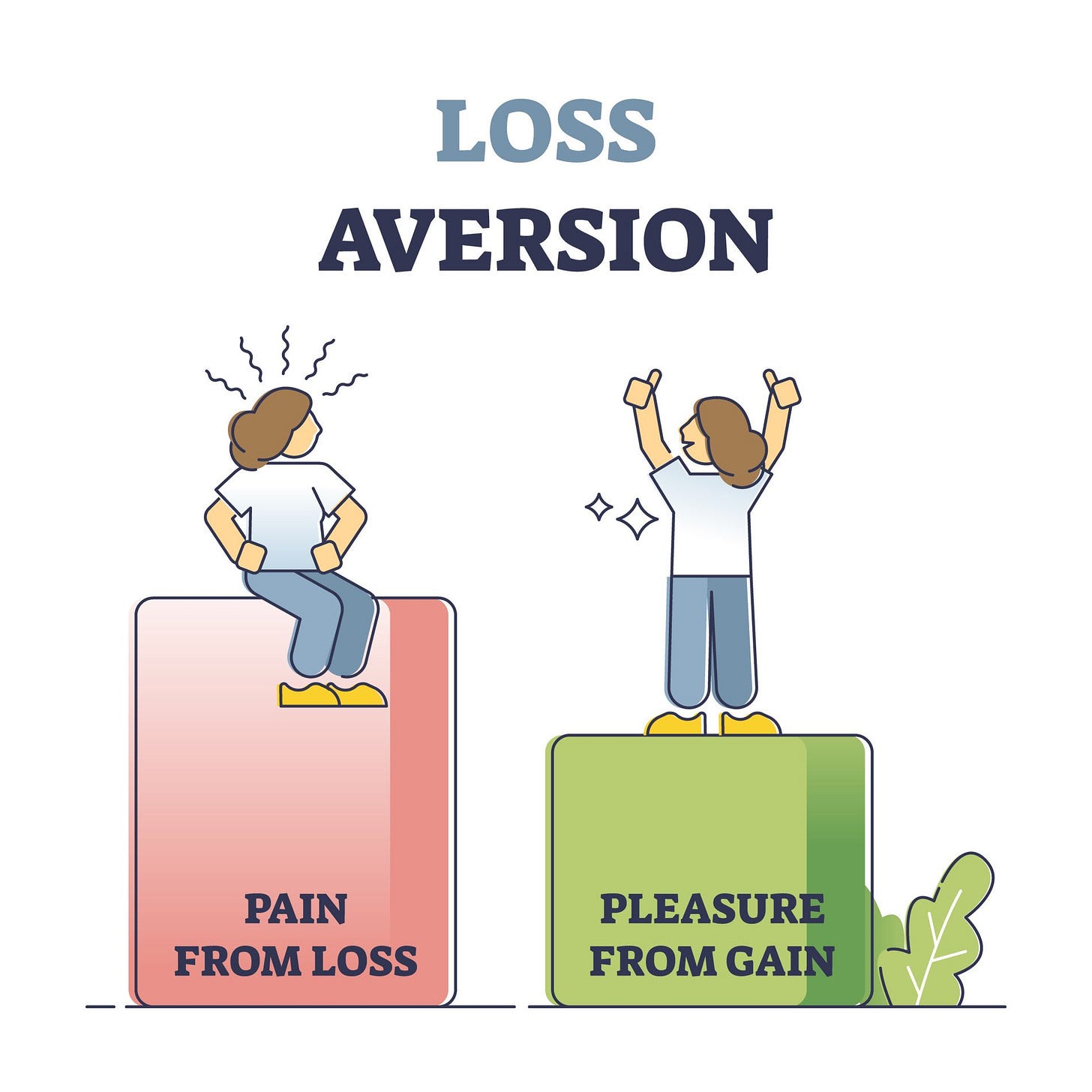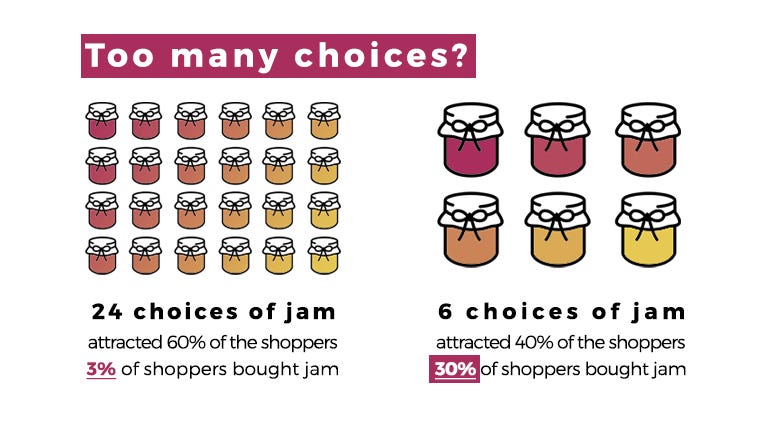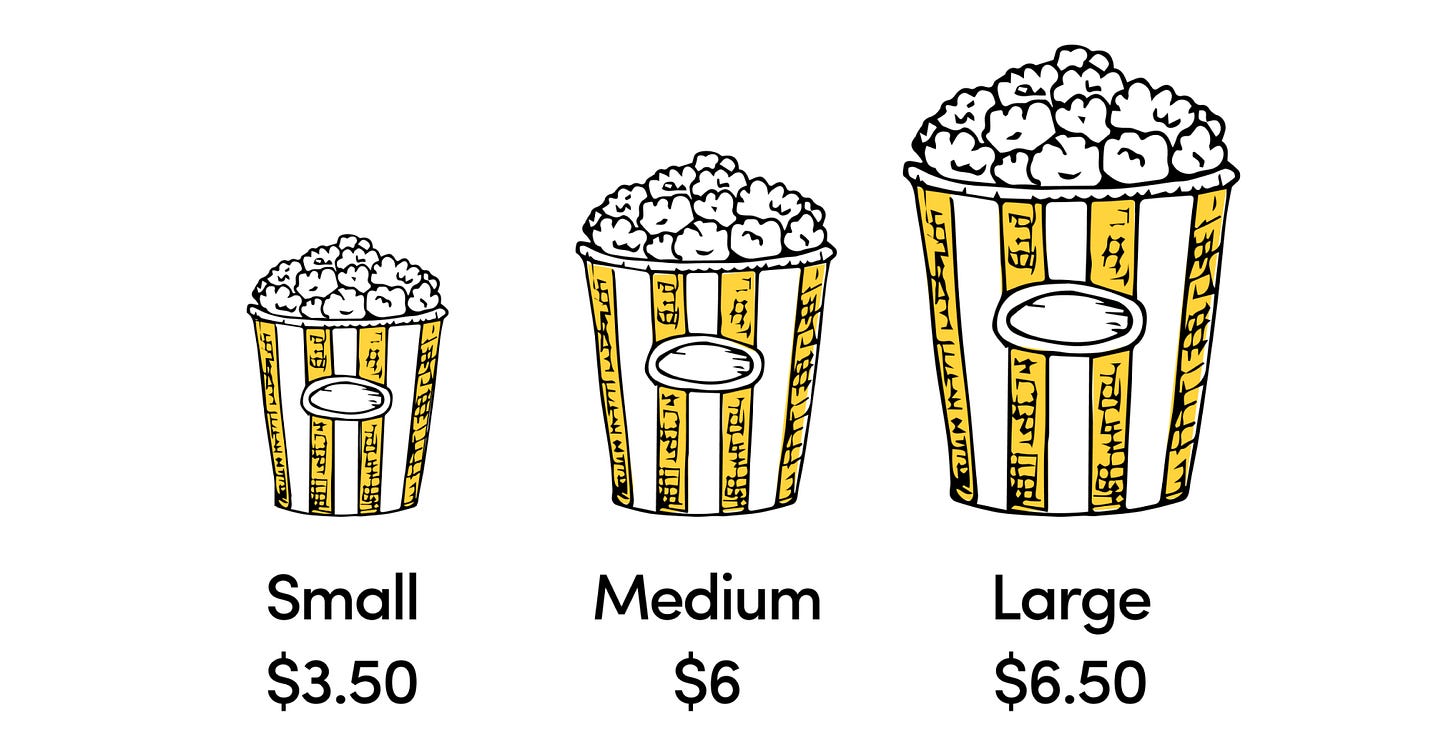Your users brains are 200k years out of date
They're running Stone Age software on iPhone hardware. Here's how to build for bias, not logic.
Quick Insights 🔎
Startup reads I found interesting this week
World's most expensive friendship video
OpenAI just bought Jony Ive's AI device startup for more money than most countries' GDP, then celebrated with a 9-minute video that feels like watching two billionaires slow-dance. The real story isn't the acquisition, it's what happens when design obsession meets AI ambition and unlimited capital.
Google declares war on human decision-making
Their new "Buy For Me" AI will complete purchases without you touching a screen. Sizes, coupons, payments will all be handled by algorithms. We're not just removing friction anymore, we're removing humans from commerce entirely.
The lead magnet apocalypse is here
SaaS companies are abandoning "download our eBook" strategies for mini-tools that actually solve problems. The shift signals something bigger as audiences now expect value before trust, not promises of future value.
Startup mental model 🧠
Your users' brains are 200,000 years out of date.
They're running Stone Age software on iPhone hardware. Every decision they make is filtered through neural pathways designed for avoiding saber-tooth tigers, not choosing SaaS subscriptions. The companies that win are the ones who understand that human cognition is wonderfully, predictably broken. Build for bias, not for logic.
This Week's Reality Check ✅
Build for cognitive bias, not user logic
I spent a large part of my career in rooms with senior execs and startup founders, each convinced their product was failing because users were "irrational."
They were right about the irrational part. They were catastrophically wrong about everything else.
Ok let’s be fair. They were half right. Users are weird. Beautifully, predictably weird. But that's not a bug in human nature, it's the feature many businesses exploit.
Every "irrational" user behavior follows patterns that behavioral economists have been mapping for decades. While you're adding more features and clearer explanations, smarter founders are stealing their playbooks.
Here’s how to leverage behavioral economics to drive startup growth.
1. Loss Aversion is your secret growth lever
Humans despise losing.
In fact, behavioral economist Daniel Kahneman found that losses sting roughly twice as much as gains feel good. In other words, avoiding loss motivates us like nothing else. He didn't win a Nobel Prize for discovering that people hate losing things.
He won it for proving that losing something hurts exactly 2.25 times more than gaining the same thing feels good. This is Loss Aversion.
This isn't a fun fact. It's a growth engine.
Good Move: Show users what they'll gain by upgrading.
Pro Move: Show them what they'll lose by not upgrading.
Spotify doesn't pitch Premium features. They torture you with ads until silence becomes worth $10/month. Dropbox doesn't sell you storage space. They give you 2GB free, let you fill it with irreplaceable memories, then hold your photos hostage.
The steal:
Give users immediate access to premium features during onboarding
Make those features integral to their workflow within 48 hours
Don't sell the upgrade. Make the downgrade unthinkable.
2. The paradox of choice
Barry Schwartz coined "The Paradox of Choice." Sheena Iyengar proved it with jam samples. But neither ran a SaaS company.
The real insight wasn't that too many options paralyse decisions. It's that the sequence of choices matters more than the choices themselves.
Good Move: Limit options to 2-3 pricing tiers.
Pro Move: Control the order users encounter options.
Figma's original pricing page had four tiers, violating every "paradox of choice" rule. But they sequenced discovery brilliantly. Free users hit collaboration limits precisely when they needed to invite teammates. The person choosing wasn't choosing for themselves. They were choosing for their team. Different psychological framework, different outcome.
The steal:
Don’t just give users options. Design the path they’ll naturally follow.
Make the ideal choice the path of least cognitive resistance
Remember: timing of choice matters more than number of choices
3. Anchoring is setting the price you actually want
Richard Thaler's beer study is famous where he discovered people paid more for identical beer at a resort than at a grocery store. Everyone learned that context affects willingness to pay.
Behavioral economists learned you can engineer that context.
Good Move: Show expensive option first, make everything else seem reasonable.
Pro Move: Anchor on outcomes, not prices. Anchor on time, not money.
Stripe didn't compete on transaction fees. They anchored on developer time: "Seven lines of code versus seven weeks of payments infrastructure." 2.9% feels like nothing compared to months of engineering work.
The steal:
Anchor prospects on their current pain, not your solution's cost
Quantify time/opportunity costs they're already paying
Make your price the smallest number in the conversation
4. The Decoy Effect is manipulation without being evil
If you've ever bought cinema popcorn, you've fallen victim to the Decoy Effect.
Duke professor Dan Ariely ran a famous Economist magazine experiment demonstrating this clearly. When given two options, most chose the cheaper digital-only subscription. But add a decoy "print-only" plan priced closely to the premium plan, and suddenly nearly everyone jumped to the higher-priced combo.
Ariely didn't just prove decoy effects work, he proved you can manufacture demand for premium offerings by creating obviously inferior alternatives.
Good Move: Create a middle tier with worse value to push users toward premium.
Pro Move: Design the decoy to highlight specific premium features, not just create bad value.
Superhuman's original pricing had three tiers:
$30/month for basic
$60/month for "teams" (basic + team features)
$50/month for "individual power users" (basic + AI, shortcuts, analytics)
The team tier wasn't there to sell teams. It was there to make individual power users feel smart for getting AI features for less money than "team" features cost. The decoy highlighted AI capabilities by making team collaboration seem overpriced in comparison.
The steal:
Design decoys that emphasise your strongest differentiators
Make the decoy obviously overpriced for capabilities users don't want
Let users feel clever for "discovering" the better deal
5. Leverage Social Proof to create instant trust
Robert Cialdini proved Social proof drives behavior. Everyone knows this. Most people weaponise it wrong.
According to Nielsen research, 92% of people trust recommendations from peers over ads. This isn’t just a hack, it’s the core driver behind the fastest-growing startups.
Good Move: Show testimonials and customer logos.
Pro Move: Engineer social proof loops that create more social proof.
Loom's async video messages create social proof every time someone sends one. The recipient sees the Loom branding, watches someone they trust use the tool effectively, and gets social proof from a peer, not from marketing copy. Every message sent is a personalised demo to a warm audience.
Practical Hack:
Share quick wins and customer shoutouts on socials regularly.
Visibly feature user count or customer logos.
Turn your product into a referral engine without asking for referrals.
Engineer social proof loops that create more social proof.
Final thoughts
Your users' brains are 200,000 years old, but their problems are brand new. The companies that win are building modern solutions that work with ancient psychology, not against it.
Every feature you ship either works with human nature or fights against it. Every price you set either leverages cognitive biases or ignores them. Every user experience either honors how brains actually work or pretends they work like spreadsheets.
Your next growth hack is right between your customers' ears.
Time to steal it.
Until next week, keep building, no fairytales required.
Martin, Chief Ranter at Uncharted







Nice piece here, really like the pricing insights and psychology. Looking forward to reading more of your stuff